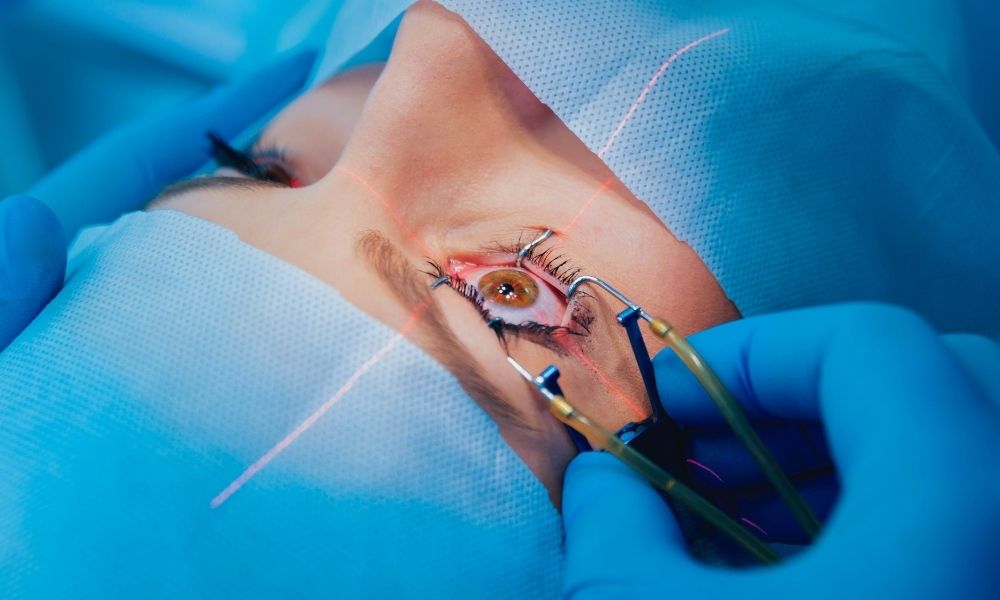In recent years, LASIK (Laser-Assisted In Situ Keratomileusis) surgery has emerged as a popular option for correcting vision problems, offering a life-changing solution for individuals seeking freedom from glasses or contact lenses. This article aims to provide a comprehensive overview of Lasik surgery, its procedure, benefits, risks, and considerations, along with insights into its relevance for patients consulting with a rheumatologist.
What is LASIK Surgery?
LASIK surgery is a refractive surgical procedure designed to correct common vision problems such as nearsightedness (myopia), farsightedness (hyperopia), and astigmatism. By reshaping the cornea using a laser, LASIK aims to improve the way light rays are focused onto the retina, thus enhancing vision without the need for corrective eyewear.
Understanding the Procedure
LASIK surgery involves several steps. First, the surgeon creates a thin flap in the cornea, which is then lifted to expose the underlying corneal tissue. Next, a laser is used to reshape the cornea, correcting its curvature to achieve the desired refractive correction. Finally, the corneal flap is repositioned, allowing for natural healing to occur.
Benefits of LASIK Surgery
- Improved Vision: LASIK can significantly improve vision, often achieving 20/20 vision or better.
- Quick Recovery: Most patients experience a rapid recovery, with vision improvement often noticeable within a day or two post-surgery.
- Freedom from Eyewear: LASIK offers freedom from glasses or contact lenses, providing convenience and lifestyle benefits.
- Long-term Results: The effects of LASIK surgery are generally long-lasting, with many patients enjoying clear vision for years to come.
Risks and Considerations
While LASIK surgery is considered safe and effective for the majority of patients, it’s essential to be aware of potential risks and considerations:
- Dry Eyes: Some patients may experience temporary or persistent dry eyes following LASIK surgery.
- Undercorrection or Overcorrection: In some cases, the desired refractive correction may not be fully achieved, leading to under-correction or overcorrection of vision.
- Flap Complications: Rarely, complications related to the creation or healing of the corneal flap may occur.
- Glare or Halos: Some patients may experience glare or halos, particularly in low-light conditions, though these symptoms typically diminish over time.
LASIK and Rheumatologist Consultation
Patients consulting with a rheumatologist, particularly those with autoimmune conditions such as rheumatoid arthritis or lupus, may have specific considerations regarding LASIK surgery. It’s essential for patients to discuss their medical history and any underlying conditions with both their ophthalmologist and rheumatologist to ensure the suitability of LASIK and to address any potential concerns or risks associated with the procedure.
Conclusion
LASIK surgery offers a safe, effective, and convenient solution for correcting common vision problems, providing patients with improved vision and freedom from eyewear. While the procedure carries some risks and considerations, the majority of patients achieve excellent outcomes and enjoy long-term benefits. For individuals considering LASIK, consultation with both an ophthalmologist and a rheumatologist can help ensure personalized care and optimal outcomes.
In conclusion, LASIK surgery represents a significant advancement in vision correction technology, offering a life-changing solution for many individuals seeking to improve their vision and quality of life.

